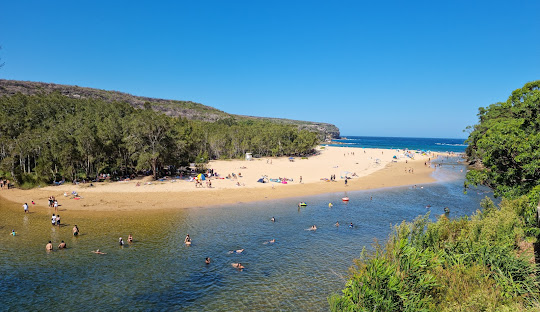
Exploring the Rich Aboriginal Heritage of Sutherland Shire
Posted by Sutherland Shire Pressure Cleaning Pros on
Sutherland Shire is steeped in a profound Aboriginal history, primarily associated with the Dharawal people, who were the original inhabitants of the region. Archaeological studies have uncovered evidence of Aboriginal settlement that dates back at least 8,500 years. Notably, the original coastline surrounding Sydney has shifted approximately 20 kilometers inland, indicating that the flooded coastal plains may contain traces of human occupation that extend even further back in time.
In the 1800s, seashells emerged as a valuable source of lime, leading to the mining of numerous middens throughout the Shire. These ancient waste heaps, significant to the Aboriginal way of life, were often exploited to produce mortar for construction, which raises concerns about the loss of cultural heritage in the area.
The Royal National Park, a cornerstone of the Shire, is home to hundreds of Aboriginal rock shelters and thousands of ancient campsites and sacred sites, particularly in areas like Holsworthy and Darkes Forest. These sites have remained relatively undisturbed by European settlement, providing invaluable insights into the quality of life and abundance of natural resources that the Dharawal people experienced.
Since a pivotal archaeological excavation in Cabbage Tree Basin in 1966, researchers have discovered extensive open-air middens and camp sites. These findings reveal a diverse diet that included oysters, mussels, snapper, bream, and Sydney cockles, as well as evidence of hunting seals, dolphins, and various marsupials, including dingoes and even whales. The discovery of several edge-ground axes further emphasizes the sophisticated tools and techniques employed by the Aboriginal people.
Artistic expressions found in the region, such as paintings and engravings, offer a glimpse into the evolving culture over thousands of years. Changes in art styles reflect shifts in the local environment, including the extinction of certain animals and the arrival of Europeans, which may have influenced cultural transformations and the dynamics of community life.
The rich Aboriginal heritage of Sutherland Shire not only highlights the deep-rooted connection of the Dharawal people to the land but also serves as a vital reminder of the ongoing importance of preserving and honoring Indigenous history and culture in contemporary Australia.